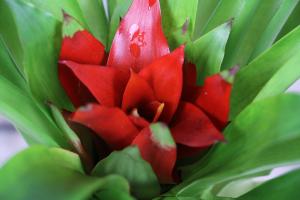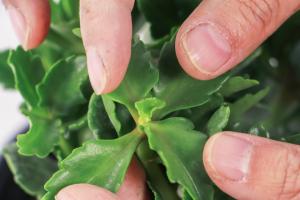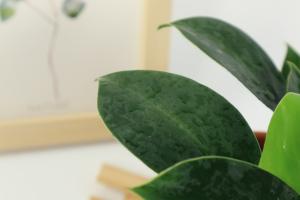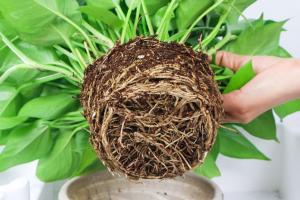Introduction
If you're thinking about planting fruit trees, it's important to consider the climate in your area. Knowing what planting zone you're in can help you choose the right trees that will thrive in your specific location. In this article, we'll explore how to determine your planting zone and what fruit trees are best suited for each zone.
What is a Planting Zone?
A planting zone, also known as a hardiness zone, is a geographically defined area where a specific category of plant life is capable of growing, based on the average annual minimum temperature. The United States is divided into 13 different planting zones, ranging from zone 1 in Alaska to zone 13 in Puerto Rico. Each zone is characterized by a range of average annual temperatures.
How to Determine Your Planting Zone
The United States Department of Agriculture (USDA) has created a map that divides the country into its respective planting zones. To determine your zone, simply visit the USDA's website and enter your zip code. The map will display your planting zone based on the average annual minimum temperature in your area.
What Fruit Trees are Best Suited for Each Zone?
Now that you know your planting zone, it's important to choose fruit trees that are best suited for your area. Here are some suggestions:
Zones 1-3
These zones have very cold winters with average minimum temperatures ranging from -60 to -30 degrees Fahrenheit. The best fruit trees to plant in these areas are hardy fruit trees that can withstand extreme cold, such as apple and cherry trees.
Zones 4-6
In these zones, the winters are also cold, but not as extreme as the northern zones. Average minimum temperatures range from -30 to 0 degrees Fahrenheit. Fruit trees that do well in these zones include peach and plum trees.
Zones 7-9
These zones have mild winters with average minimum temperatures ranging from 0 to 30 degrees Fahrenheit. Fruit trees that thrive in these areas include fig and citrus trees.
Zones 10-13
These zones have warm, tropical climates with average minimum temperatures above 30 degrees Fahrenheit. Fruit trees that are ideal for these zones include avocado and mango trees.
Conclusion
Choosing the right fruit trees for your planting zone is key to ensuring that they grow and produce fruit successfully. With this guide, you can determine your planting zone and select the fruit trees that are best suited for your specific climate. Happy planting!

 how many times do yo...
how many times do yo... how many planted tre...
how many planted tre... how many pine trees ...
how many pine trees ... how many pecan trees...
how many pecan trees... how many plants comp...
how many plants comp... how many plants can ...
how many plants can ... how many plants and ...
how many plants and ... how many pepper plan...
how many pepper plan...

































